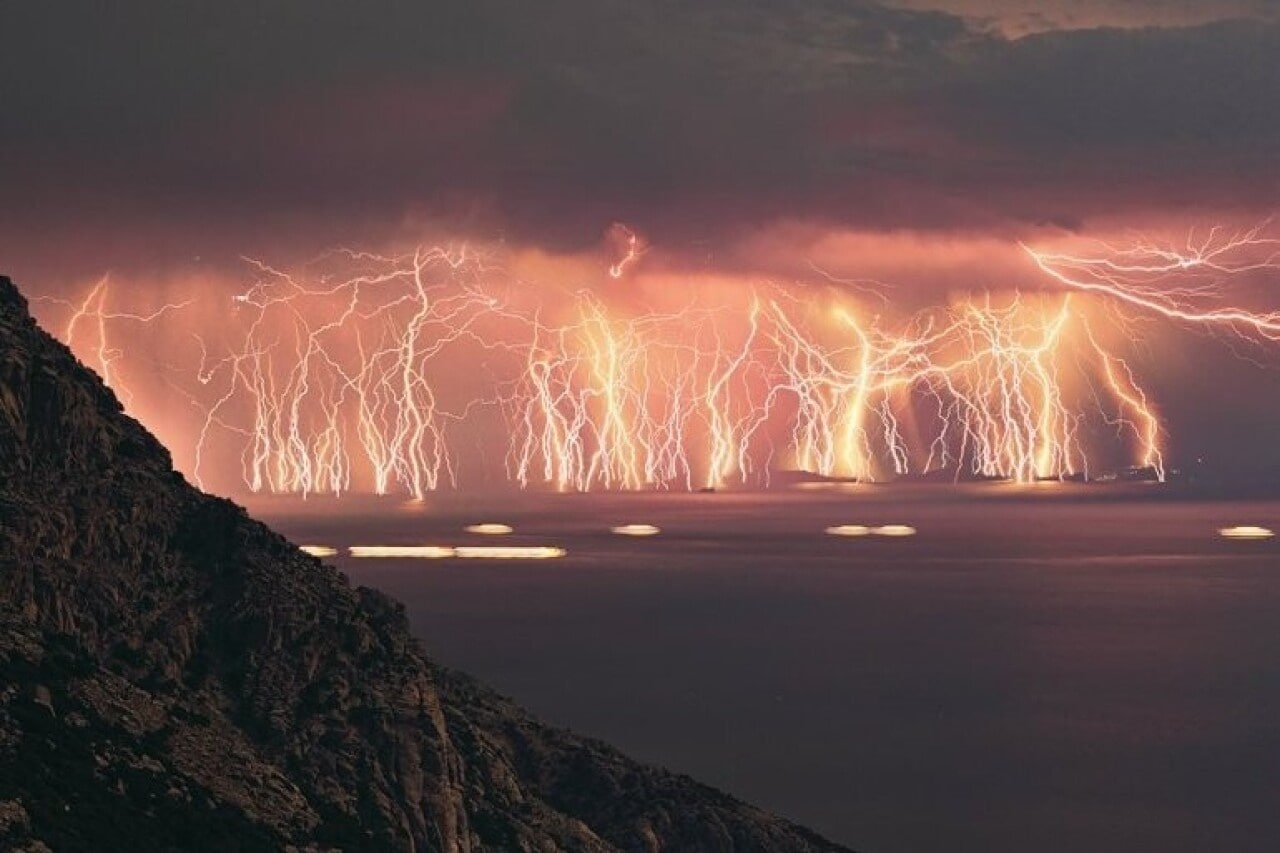The saying “lightning never strikes the same place twice” does not apply to Lake Maracaibo in Venezuela or the so-called Catatumbo strikes, which only happen in this part of the world.
Lake Maracaibo was once the biggest lake in South America. It covers 13,210 square kilometers (5,100 square miles) and is thought to be one of the oldest lakes on Earth. But it was in the Guinness Book of World Records because of something else:
During the rainy season in this area, which starts around October, this otherwise quiet lake gets an average of 28 lightning flashes every minute. In fact, there are an average of 233 lightning strikes per square kilometer every year, which is the most of any place on Earth. Based on a study that used data from the Lightning Imaging Sensor on NASA’s Tropical Rainfall Measurement Mission, the place was recently named the lightning capital of the world.
Catatumbo lightning is what people in the area call it. In the language of the Bar people, Catatumbo means “House of Thunder,” but scientists haven’t been able to prove any of their theories so far. It is a weather event that happens over the mouth of the Catatumbo River in Venezuela, where it flows into Lake Maracaibo. It usually happens over a bog area that has formed right above that point.
Catatumbo lightning comes from a group of storm clouds more than 1 km (0.6 mi) above the ground. It happens 140 to 160 nights a year, 9 to 10 hours a day, with a huge number of lightning strikes (from 16 to 40 times per minute).
Catatumbo storms are thought to be caused by winds that blow across Lake Maracaibo and the swampy plains that surround it. These air masses meet the high mountain ridges of the Andes, the Perijá Mountains (3,750 m/ 12,000 ft), and Mérida’s Cordillera, enclosing the plain on three sides. Scientists think that the heat and moisture that build up in the plains create electrical charges that lead to thunderstorms when the mountain ridges make the air masses less stable. The phenomenon is marked by lightning that strikes almost constantly, mostly in the clouds. Lightning makes a lot of ozone, which is interesting, but it probably won’t have any effect on the ozone layer because it is so unstable.
